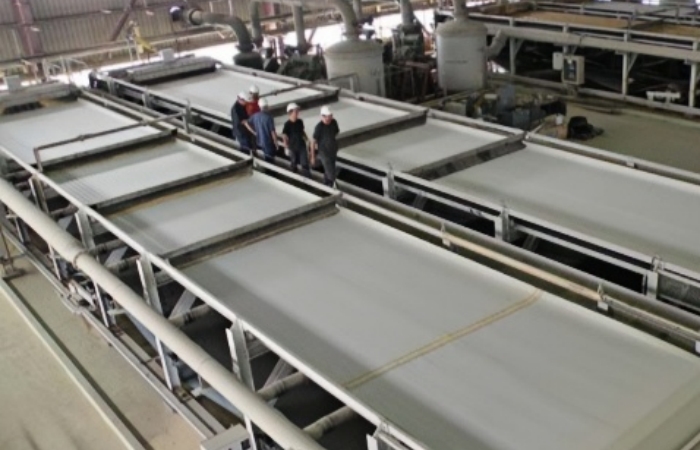Filter cloth, as a porous filter medium, will naturally decline in performance during use and will eventually need to be replaced. In addition to reaching the end of its service life, the following specific methods can be used to determine whether the filter cloth needs to be replaced:
Reduced Filtration Performance
If the filtrate becomes cloudy and the retention of solid particles deteriorates, it may be indicative of a decline in filtering performance. The fact that the cake begins to become wet, slippery and less dry than previously is also suggestive of a deterioration in the air permeability of the filter cloth. Replacement cleaning or re-selection is recommended.

Damage to the filter cloth
Once the filter cloth be found to have sustained tears, holes, open lines, folding, deformation or other serious damage, it is recommended that it is replaced in a timely manner. Such damage can have a significant impact on the filtration effect and the operation of the equipment.
Severe clogging of the filter cloth
If the surface of the filter cloth is heavily clogged with solid particles and the filtering throughput cannot be restored after cleaning, it indicates that the filter cloth's filtering capacity has been compromised. It is advisable to replace the filter cloth at the earliest opportunity.
Abnormal equipment operating conditions
Frequent filter press failures, such as filtrate leakage, caused by problems with the filter cloth, are clear indicators for replacement. Observe changes in the equipment pressure. If the nature of the material remains the same, but the pressure rises faster than before, it may be a sign that the efficiency of the plate and frame filter press is declining, suggesting the need to replace the filter cloth.
To sum up, in order to determine whether the filter cloth needs replacing, it is necessary to consider a number of aspects. Once any of the above conditions have been identified, it is recommended that the filter cloth is replaced in a timely manner in order to ensure the continued effective filtration and the stable operation of the equipment.